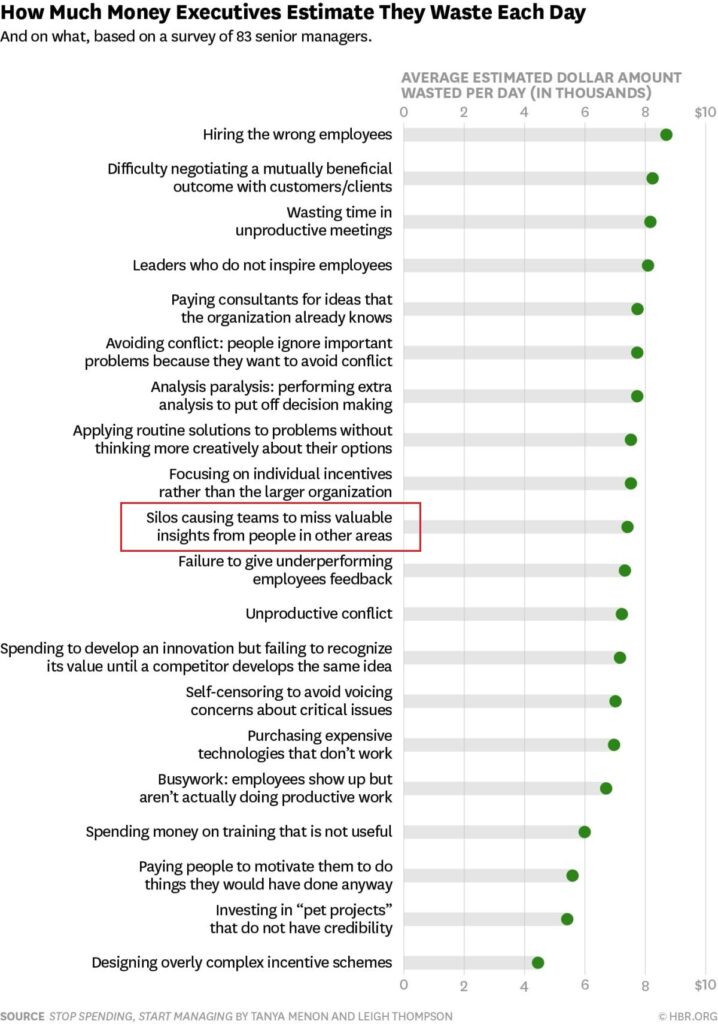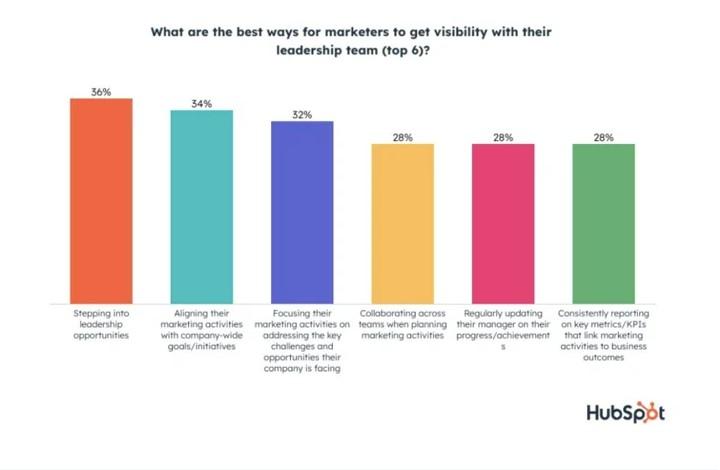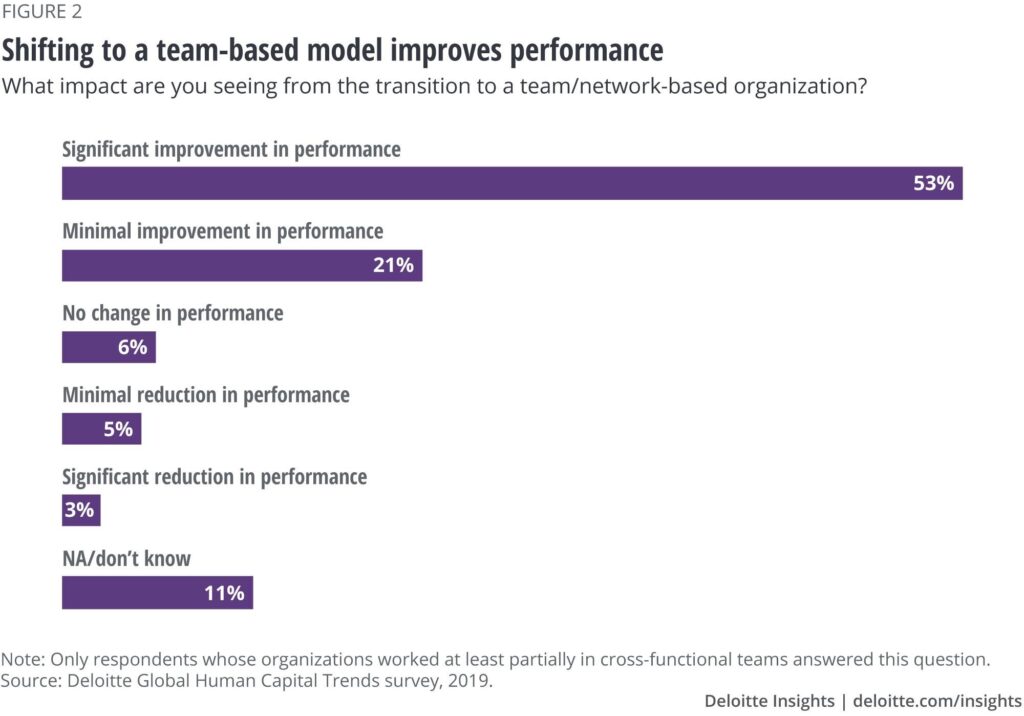Cross-Functional SEO Teams: Search + Marketing + Tech = CFSEO
Dav Nash
Aug 23, 2024
6 min read
Getting other departments to buy into your SEO strategy can be difficult.
PPC usually hogs most of the budget, developers often treat SEO as an afterthought, and designers focus more on aesthetics than the technical aspects of SEO.
It can be a real headache.
In this guide, we’re going to help you break down those silos and get everyone working together. You’ll see what a successful cross-functional SEO (CFSEO) team looks like and learn how to build one that actually works.

We’ll cover:
- The common issues when SEO and marketing & tech try to collaborate
- What a cross-functional SEO team structure looks like
- How a cross-functional in-house SEO team operates
- The benefits of having a CFSEO team
- Tips for building a successful CFSEO team
Prefer to watch instead? We’ve got you covered with our video version here!
Common Issues When SEO and Marketing Try to Collaborate
There are a few common challenges when SEO and marketing teams try to work together.
Different Priorities
SEO and marketing teams often have different priorities.
The SEO team might focus on improving page speed and optimizing every blog post with the right keywords.
The web design team might be more concerned with eye-catching visuals and less with how the content will rank on Google.
This can cause conflict and lead to ineffective strategies.
Communication Gaps
Communication is key to project success.
But this is an area where many cross functional marketing teams struggle. A recent survey found that 84% of marketing leaders and employees report high levels of “collaboration drag” when working with other functions.
SEO and marketing teams often speak different languages.
You might talk about the need for schema markup or canonical tags. However, the rest of your team might not understand their importance if you don’t explain how they impact your overall marketing goals.
This can lead to misunderstandings and missed opportunities.
Resource Allocation
There’s always a tug-of-war over resources. Every department needs time, budget, and tools to achieve its goals.
This can lead to teams competing for the same resources.
For example, the content team might be swamped writing video scripts and email marketing campaigns. This leaves little time to produce SEO-optimized blog posts. As a result, a backlog of content can quickly build up.
Siloed Workflows
When SEO and marketing teams work in isolation, it leads to disjointed strategies.
For example, marketing might launch a campaign without any SEO input. Or the SEO team’s on-page optimization might not match the brand’s messaging.
This often leads to duplication of work. You have to make changes after work has been completed.
A recent study found that not sharing data and insights across departments can cost a company nearly $8,000 a day in wasteful expenses:

What Is a Cross-Functional SEO Team?
A cross-functional SEO team is a group of professionals from different departments working together to improve an organization’s online presence and marketing performance.
Traditional teams operate in silos. A CFSEO team structure brings together people with diverse skills for a more holistic approach.
A CFSEO team can include:
- Search engine optimization (SEO) specialists
- Content creators
- Digital marketers
- Data analysts
- Designers
- Web developers
- Digital PR specialists
- Social media managers
How Does a Cross-Functional SEO Team Work?
You need to do more than just pull together a few people from different departments. Here’s what a CFSEO team does:
Collaborative Planning
At the start of the project, stakeholders come together to set goals and plan strategies. This helps to establish shared objectives and give each department the attention it deserves.
In a recent survey, 28% of marketers said that collaborative planning was one of the best ways to get visibility with their leadership team:

Collaborative planning helps you reach the right people on the right platforms.
People use different platforms for different things, so you need a strategy to be where your audience is. This could include in-depth SEO articles, video content on YouTube, social media posts, and more.
Integrated Workflows
A CFSEO team uses shared workflows to encourage collaboration.
For example, content writers and SEO work together in the brainstorming phase. They make sure keyword targeting, on-page optimization, and internal links are planned in advance.
If you’re developing a new site, you would collaborate with the development team during the planning phase to optimize site speed, structured data, and other SEO considerations.
Data Sharing
Access to data is a key part of what makes a CFSEO team successful.
You need to share performance metrics and insights to help the team see what’s working and where improvements are needed.
This means your strategies are always based on real-world results.
Unified Reporting
A CFSEO team should use a unified approach to performance reporting.
Combining SEO, content, and marketing metrics gives the team a more complete overview of performance. This helps you improve and plan strategies.
Benefits of a CFSEO Team
Here’s how creating a CFSEO team can help you improve marketing performance and ROI:
More Holistic Strategy
A CFSEO team helps you keep everyone on the same page. You get a more cohesive digital strategy.
For example, your SEO team does keyword research and competitor analysis to identify audience pain points and key terms. Content creators use this information to craft blog posts and social media content.
When the campaign launches, the digital marketing team uses the messaging and content assets for targeted ads.
All your strategies work together to create a unified campaign.
Improved Efficiency
A collaborative approach can help you streamline processes and avoid duplication of work. It makes campaign planning and execution much more effective.
When your content team collaborates with SEO, you can make sure content is optimized for search engines right from the first draft. This reduces the need for extensive optimization and revisions later on.
It saves time and resources. Your team can focus on creating new content and launching fresh campaigns instead of fixing problems.
Better Results
Tapping into the unique strengths of your team members can lead to improved rankings and more conversions.
A recent Deloitte study found that 53% of organizations that moved to cross-functional teams saw a significant performance boost. And 31% of those teams reported that most or almost all of their work is done in teams.

Creating a CFSEO team means you can produce content, advertising, and experiences that meet your audience’s needs and achieve maximum visibility.
Content creators know the search intent, keywords to target, and content types to use. Digital marketers and social media managers can amplify your content through targeted campaigns. And your digital PR team can focus on getting backlinks to the right pages.
This team-based approach helps you deliver better results.
Data-Driven Decision Making
You can make more informed, data-driven decisions. Sharing performance metrics and insights ensures everyone has the data they need to succeed.
For example, your SEO team might notice a drop in search rankings for a high-performing keyword. They can analyze what competitors have done and share these insights with the content team to update the blog post. And the digital marketing team can adjust their campaigns to amplify the updated post.
This feedback loop keeps everyone aligned. With the right information, your team can make data-driven decisions. They can prioritize tasks to achieve the best results.
How to Create a Successful Cross-Functional SEO Team
Getting buy-in from different departments is key to building a successful cross-functional SEO team. Here’s how to do it:
Define Clear Shared Goals
Start by setting clear, measurable goals. These goals should be aligned with your overall business strategy.
Getting buy-in from engineers who already have a mountain of other priorities is a huge challenge. I try to tie whatever I’m asking for directly to a business goal or NSM (north star metric), if there is one.
— David Waiter (@David_Waiter) April 29, 2021
Try to be specific and make sure the goal isn’t solely focused on SEO. It should be a goal that can unite multiple departments.
For example, you could aim to increase online sales by 20% over six months. This is a target that every team member can work towards.
Open Communication
Use your favorite project management tool to create spaces where team members can discuss challenges and brainstorm solutions.
Set up dedicated channels for different aspects of your projects. For example, have separate channels for content creation, SEO strategy, digital marketing campaigns, and PR.
This makes it easier for team members to contribute to conversations that matter to them.
Educate Your Team
Education is key to getting everyone on board and contributing to your goals.
Your team needs to understand each other’s roles and contributions. That could involve training sessions, workshops, and regular meetings for feedback.
When everyone knows how their work impacts other areas of the project, it fosters respect and collaboration.
Educating cross-functional teams. They are always the number 1 bottleneck.
— Nicholas Rathbun (@Crypto_and_SEO) November 11, 2021
Create Integrated Workflows
Use tools like Asana or Trello to create shared boards to track tasks and deadlines. This cross-functional collaboration helps keep everyone on the same page.
You can also create a shared knowledge base with SOPs for specific tasks. SOPs are one of the best ways to integrate new aspects into your workflows.
For example, you can create an SOP for content creation that outlines the on-page SEO optimization process. You could also use an SOP to detail the process of identifying high-authority sites for digital PR outreach.
Achieve Better Results with Teamwork
A cross-functional team helps you maximize your strengths.
You get a more cohesive and efficient strategy. And your overall SEO performance gets a boost.
Become a Pro at SEO
Join 65,000 others and learn the secrets to SEO success with our weekly blog posts.
